High-Speed Rail 460 km/h (285 mp/h): A Revolution in Transport?
High-speed rails are a common part of passenger transportation in many countries around the world. And it’s also beginning to expand into freight transport.
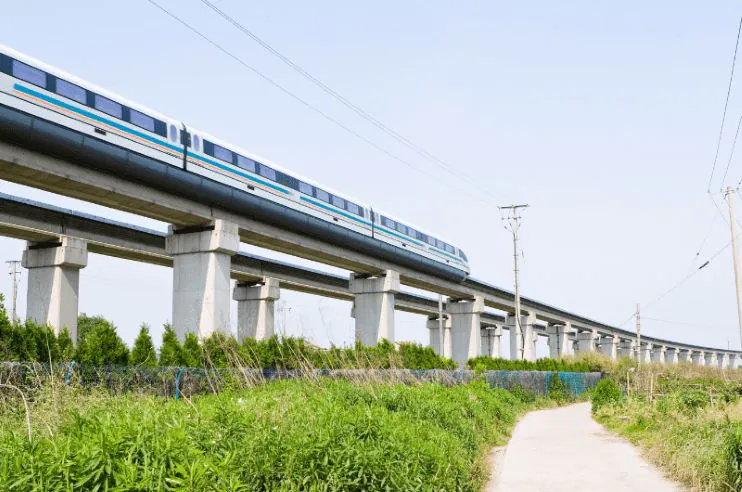
Source: www.canva.com
What is High-Speed Rail?
High-speed rail (HSR), as the name suggests, refers to specially designed railway lines on which trains operate at very high speeds. You’re probably wondering what speed qualifies a line as high-speed. This depends on whether the line is newly built or an upgraded existing line.
- Upgraded tracks that allow trains to travel over 200 km/h (125 mph) are considered high-speed.
- Newly constructed lines are classified as high-speed when they handle speeds above 250 km/h (155 mph).
Note: To be clear, 250 km/h (155 mph) is the lower limit. In reality, you can travel by TGV (Train à Grande Vitesse) trains in France, which reach speeds of up to 320 km/h (199 mph). In China, CRH (China Railway High-speed) trains can reach a maximum speed of up to 350 km/h (218 mph).
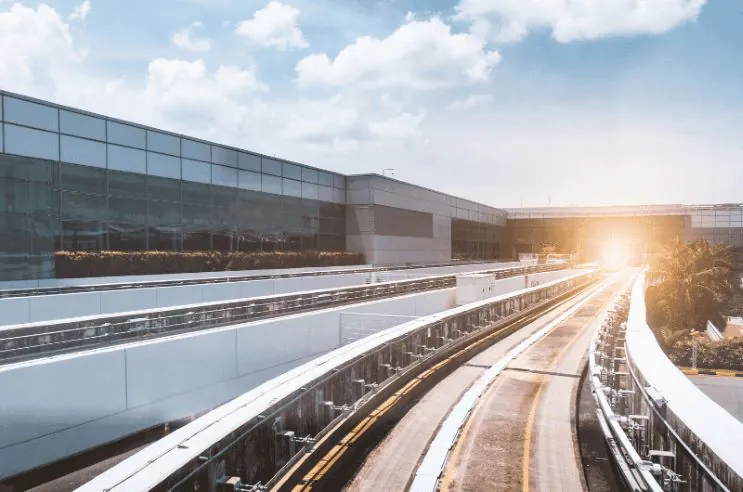
Source: www. canva.com
Key Features of High-Speed Rail Lines
High-speed railways are, of course, designed to allow trains to travel at very high speeds. Their key features include:
- Gentle curves: The tracks are designed with minimal sharp turns to maintain stability at high speeds.
- Reinforced steel rails: The rails are made of steel (just like conventional tracks), but they are reinforced and use additional special structural elements.
- Modern signaling systems: Digital systems enable real-time train tracking, safe train intervals, and obstacle monitoring. This also applies in the case of track upgrades. The signaling system is updated or replaced with a new one.
- Dedicated tracks: High-speed rail systems often use dedicated tracks to prevent interference from slower trains, ensuring faster, uninterrupted travel and greater efficiency.
What are the features of trains that run on high-speed rail lines?
Just as the tracks are designed to accommodate high speeds, the trains are also adapted to suit the rail lines. Here are the key features of high-speed trains:
- Aerodynamic design: High-speed trains have an aerodynamic shape that minimizes air resistance and ensures stability at high speeds.
- Electrification and sustainability: Most high-speed rail lines are electrified, making them more eco-friendly than diesel-powered systems. Electric high-speed trains produce lower emissions and contribute to sustainable transportation.
- Advanced safety systems: High-speed trains are equipped with modern safety technologies such as systems that provide warnings about obstacles on the tracks. Another key safety feature is the braking systems, which are designed to prevent deformation during emergency braking.
The Benefits of High-Speed Rail Lines and Trains
What are the other main advantages of high-speed rail besides speed?
- Efficiency: High-speed trains are much faster than conventional trains and often competitive with air travel over short to medium distances (and this is mainly because air travel involves extra steps like getting to the airport, checking in luggage, security checks, and more).
- Comfort: Traveling by train is comfortable because passengers can move freely throughout the train, have more legroom, and have no strict limitations on luggage space.
- Availability: HSR systems offer more frequent connections with shorter waiting times compared to air travel. Additionally, stations are typically located in city centers, making them easily accessible.
- Lower environmental impact: As mentioned, most high-speed trains are electric, making them more environmentally friendly than airplanes or gasoline-powered cars.
Tip: Rail transport isn’t the only mode of transport trying to reduce its environmental impact. Read about 5 innovative ships that are helping reduce CO2 emissions from sea freight.
- Lower risk of delays: Unlike airplanes, which can experience delays due to weather, overcrowded airports, or waiting for an available slot for departure, trains are often less prone to delays. This is especially true on tracks dedicated to high-speed rail. For example, Japan’s Shinkansen boasts an average delay of just 20 seconds. How is that possible? It’s precisely because most high-speed trains operate on a dedicated infrastructure. This means that these tracks are often used exclusively by high-speed trains, so there are no delays caused by slower trains.
- Safety: Rail travel, especially high-speed, is considered one of the safest modes of transportation. For example, in 2022, there were nearly 43,000 fatalities on the road, while rail transport only accounted for almost 1,000 fatal accidents (Transportation Statistics Annual Report 2023).
- Weather resilience: High-speed rail systems are designed to continue operating in a wide range of weather conditions.
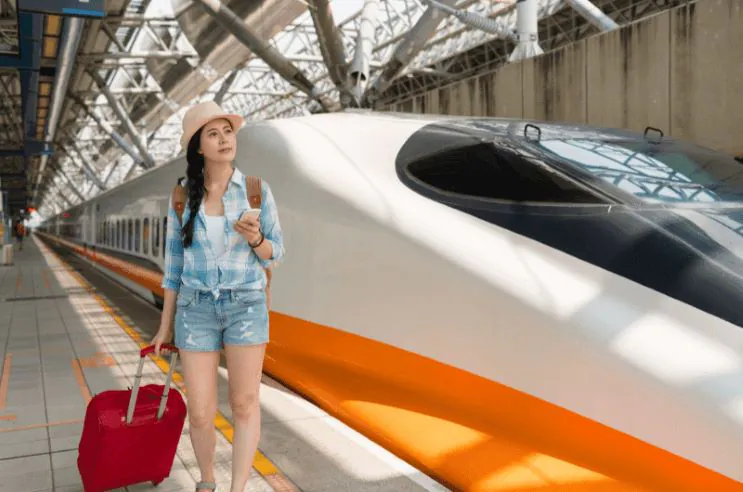
Source: www.canva.com
History of High-Speed Trains
Train speed has been crucial for competition ever since rail was introduced in Europe during the Industrial Revolution in the early 19th century. The first high-speed train was the „Rocket” locomotive, built by George Stephenson, which reached a remarkable speed of 50 km/h (30 mph) in 1829.
Speeds quickly increased to 130 km/h (81 mph) by 1854 and 200 km/h (124 mph) by the early 20th century. Even while these speeds broke records, regular service speeds were much slower. By the 1930s, trains were traveling between cities at an average speed of about 135 km/h (84 mph). To remain competitive with rising air transportation, trains had to develop further.
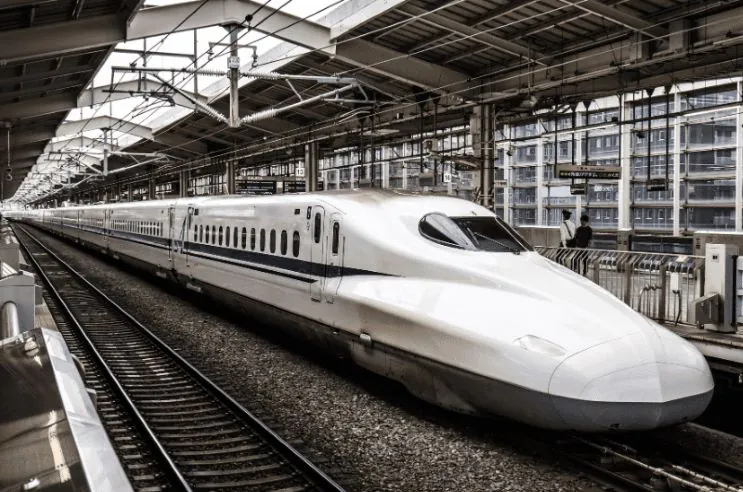
Source: www.canva.com
Shinkansen—A New Era of Speed
A major milestone came in 1964 when Japan’s National Railways launched the Tokaido Shinkansen, which reached 210 km/h (130 mph). The Shinkansen, also known as the “bullet train,” quickly gained global attention not only because of its speed but also because it provided high-speed rail travel to the masses.
After the development of high-speed rail in 1964, countries like Japan, France, Spain, Italy, and Germany began competing to build faster trains. Progress remained slow until around 2000 when a surge in development began. In 2008, China’s significant investments transformed high-speed rail networks worldwide. With its rapid expansion, China became the leader in high-speed rails. More on that later.
Tip: Are you interested in the history of rail transportation? We have written an article about it.
High-Speed Rails Today
Although Asia is home to more than half of all high-speed lines (thanks to China), there are also other countries that are investing in the development of high-speed rail. Take a look at which countries are leading in high-speed rail networks.
Longest high-speed rail networks
Which countries have the longest high-speed rail networks?
- China has the largest and fastest-growing high-speed rail network in the world, with a total length of 40,493 km (25,186 mi).
- After China, there is a significant gap, with Spain following far behind at 3,917 km (2,435 mi).
- The country with the third-longest high-speed rail network is Japan at 3,147 km (1,954 mi).
- France comes next with 2,735 km (1,698 mi).
- Germany has a high-speed rail network of 1,631 km (1,012 mi).
- Turkey follows with 1,154 km (717 mi).
- Finland has a high-speed rail network spanning 1,120 km (696 mi) (ATLAS High-Speed Rail 2023, 2022).
Maximum speeds of high-speed rail networks
It probably won’t surprise you that, according to data from 2022, China ranks first again, with rails reaching speeds of 350 km/h (218 mph). Which countries follow?
- Japan, France, and Morocco, high-speed rails can reach a maximum speed of 320 km/h (199 mph).
- South Korean rails reach a maximum speed of 305 km/h (190 mph).
- Rails in Spain, Germany, Italy, Belgium, the Netherlands, the United Kingdom, Saudi Arabia, and Turkey reach speeds of up to 300 km/h (186 mph).
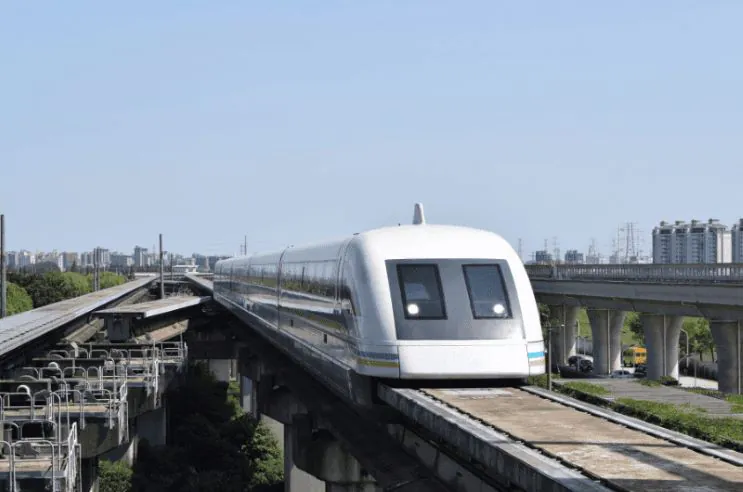
Source: www.canva.com
What is the fastest high-speed train in the world?
The fastest train in the world at the moment is the Shanghai Maglev, which can operate at speeds of up to 460 km/h (286 mph) on short routes. This is a so-called high-speed magnetic train. The name „Maglev” itself comes from „magnetic levitation”, as the train levitates above the ground using magnets. This eliminates friction between wheels and rails, allowing Maglev trains to reach such high speeds.
Which trains hold the highest speed records?
- Shanghai Maglev reaches an incredible speed of 501 km/h (311 mph).
- The second-fastest train is the CR Harmony, which typically operates at 350 km/h (218 mph), just like the CR Fuxing and Germany’s DB Intercity-Express 3. However, the rankings here are determined by the highest speed record. Therefore, for China’s CR Harmony, its highest speed is 486 km/h (302 mph).
- For the CR Fuxing, its highest speed is 420 km/h (261 mph).
- For Germany’s DB Intercity-Express 3, the maximum achieved speed is 368 km/h (229 mph) (statista.com, 2024).
Note: These speeds are not the regular operating speeds, but rather the maximum recorded speeds achieved under specific conditions, often during tests.
Highest Passenger Volume in High-Speed Rail
According to data from 2021, China dominates the high-speed rail market in terms of passenger volume on its network. In 2021, it recorded over 606.4 billion passenger kilometers. Which countries come next?
- France ranks second, with 47.7 billion passenger kilometers.
- Germany recorded 25 billion passenger kilometers in the same year (statista.com, 2023).
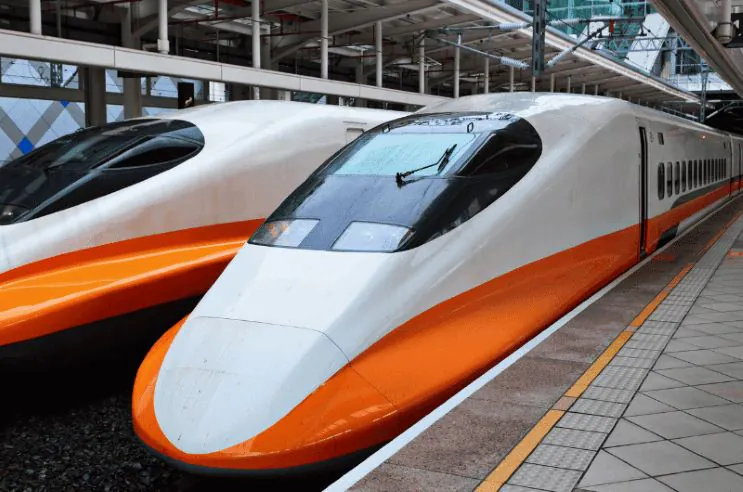
Source: www.canva.com
Is the Future of High-Speed Rails and Trains Bright?
There is no doubt that high-speed rails are an efficient mode of transportation that offers several advantages. But what does the future hold? Are high-speed trains the future of rail transport and possibly even the logistics industry?
According to data from 2022, Europe currently has 1,933 km (1,201 mi) of high-speed rail lines under construction. One of the planned routes is in Austria from Gänserndorf to the Czech border, expected to be completed by 2028. Here’s a comparison of high-speed rail construction across other regions:
- Asia-Pacific: 14,625 km (9,095 mi)
- Middle East: 3,171 km (1,970 mi)
- North America: 275 km (171 mi)
- Africa: 0 km (0 mi)
- Latin America: 0 km (0 miles)
Tip: Are you fascinated by modern technology and how it could shape our future? Read about 5 mind-blowing ways advanced tech is revolutionizing logistics.
Is There a Future for High-Speed Freight Rail?
Originally, high-speed trains were designed primarily for passenger transport. Although freight transport was part of the plan for some of the first high-speed rail networks (for example, the Tokaido Shinkansen, where Japan initially considered including freight), this idea was later abandoned.
The French TGV La Poste was, for a long time, the only high-speed freight train service, transporting mail at speeds of 270 km/h (170 mph). However, this service operated only until 2015.
A turning point came in 2018 when the Italian company Mercitalia launched the Mercitalia Fast service, using high-speed trains to transport goods between southern and northern Italy. These trains achieve an average speed of 180 km/h (110 mph). However, freight transport was suspended in 2022, and it seems that the project will not be resumed.
Hope for the future of high-speed freight rail transport in the logistics industry comes again from China. CRRC Tangshan, a branch of the China Railway Rolling Stock Corporation, introduced a new HSFR (High-Speed Freight Rail) line. The train reaches a maximum speed of 350 km/h (218 mph) and could be a true revolution in freight transport. As a result, China became the first country in the world to realize 350 km/h high-speed freight in 2020.
Additionally, in 2024, China launched a pilot high-speed freight program between Chongqing and Zhengzhou. This service operates on a newly developed high-speed rail line and aims to transport goods such as fresh food, pharmaceuticals, and electronics at air-freight-like speeds (global.chinadaily.com, 2024).
It seems that high-speed freight transport is definitely part of the future for the logistics industry, with China being the undisputed leader in this field.
Frequently Asked Questions
1. How much does high-speed rail cost per mile?
Building a high-speed rail is very expensive. The total cost is influenced by many factors such as geography, population density, labor costs, regulatory environment, and others. Therefore, it is impossible to determine a single price for all high-speed rail projects.
For example, California’s high-speed rail costs approximately $200 million per mile on the route between San Francisco and Los Angeles (hoover.org, 2022). On the other hand, the construction cost of the Beijing-Shanghai HSR was $11–$13 million per mile (mdpi.com, 2019).
2. Is high-speed rail faster than flying?
Yes, in many cases, high-speed train travel can be faster than flying.
A prime example is the journey from Chicago to Minneapolis. A high-speed train journey takes about 2.5 hours, and when adding travel time to the station and waiting time, the total time is around 3 hours and 15 minutes. In comparison, a flight from Chicago to Minneapolis takes just over an hour, but when you add in the time it takes to travel to the airport, complete security checks, and the boarding process, the total journey takes almost 4 hours.
How Can You Optimize Your Freight Transport Right Now?
It looks like we will have to wait a few more years before high-speed rails are commonly used for freight transport. However, if you want to maximize the efficiency of your freight transport, there are other ways to do so besides having trains traveling at 350 km/h (218 mph). Try the EasyCargo load planning software, which allows you to create a loading plan with just a few clicks. This will not only save you time that would otherwise be spent on planning but also help you make the most of the available cargo space.




